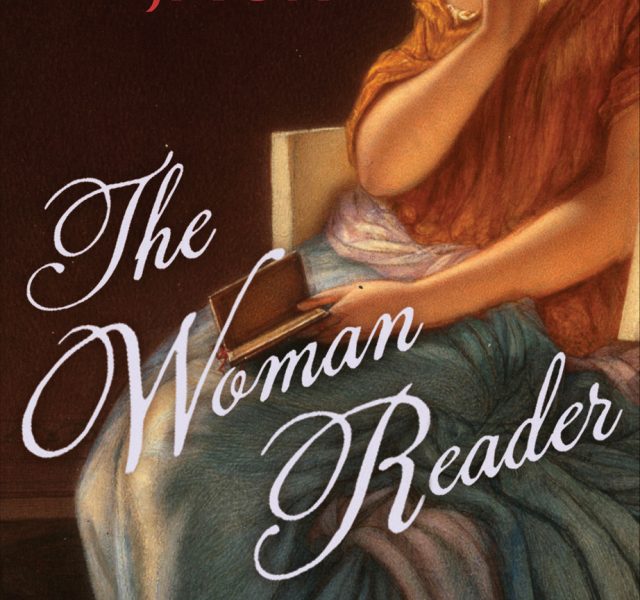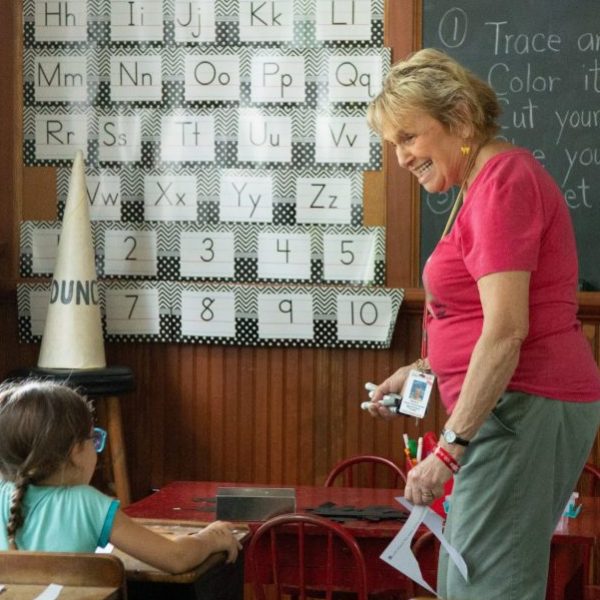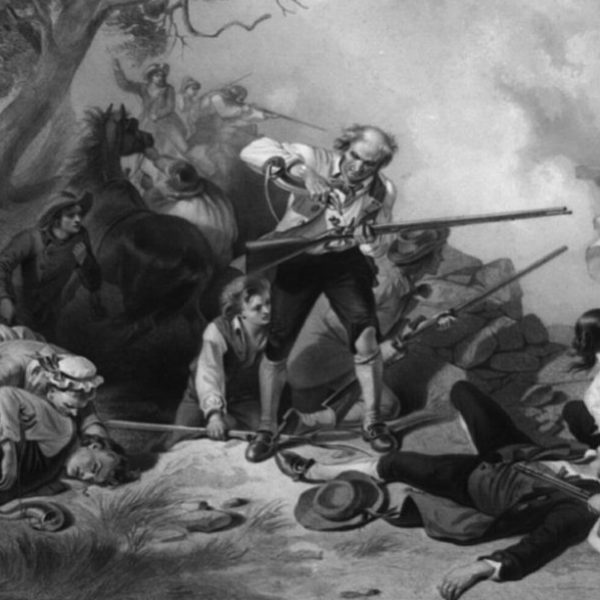An Author Interview with Belinda Jack and Goodreads Giveaway for The Woman Reader

Belinda Jack
From the Cro-Magnon cave to the digital bookstore, Belinda Jack covers a lot of ground in her new book, The Woman Reader, the first to address the controversies associated with women’s reading throughout history, and to show how vastly different women’s reading experiences have often been compared to those of men. Or as Jeanette Winterson commented in her review for the Times: “a lively and erudite history of the many and ingenious covers thrown over women’s minds to keep us in the dark.” In our interview with the author, she reflects on what inspired and surprised her most about her journey to trace the history of women’s reading throughout the ages and what her own journey as a woman reader has been like. Be sure to enter the Goodreads Giveaway for your chance to win a copy of this important and revealing new book!
Yale University Press: How did you come to write this book?
Belinda Jack: I became interested in just how different men and women’s reading has often been. Men have worried since ancient times about what women read but the reverse has hardly ever been the case.
YUP: What were the most striking stories that you uncovered in the course of your research?
BJ: It’s been fascinating tracing women’s responses to misogynist writings that they then re-wrote— across the centuries and different cultures. And I was astonished by some of the so-called medical works in the nineteenth century recommending that unstable women should be prevented from reading novels. One eminent physician recommended books on bee-keeping!
YUP: What is the role of the wonderful illustrations in your book?
BJ: Women’s reading is often closely associated with sexuality—either sexual conformity or impropriety. There’s the Virgin at the Annunciation reading scripture at one extreme and, at the other, images of naked women reading, alluding to its corrupting effects while being mildly erotic for the male viewer. So much of the subtlety of the story is richly suggested in the myriad images of women readers.
YUP: Is the story essentially one of slow improvement?
 BJ: In some ways, but not altogether. Working on attitudes to women’s reading during the late eighteenth and early nineteenth centuries in Europe, I was struck by just how similar they were to those in Ancient Rome. In both contexts women were encouraged to read only in so far as it provided them with a moral training, or helped them to be good mother-educators. The other parallel was that literate women were also a sign of their husband’s social status.
BJ: In some ways, but not altogether. Working on attitudes to women’s reading during the late eighteenth and early nineteenth centuries in Europe, I was struck by just how similar they were to those in Ancient Rome. In both contexts women were encouraged to read only in so far as it provided them with a moral training, or helped them to be good mother-educators. The other parallel was that literate women were also a sign of their husband’s social status.
YUP: Were you ever discouraged from reading or denied access to certain books?
BJ: Both my parents were keen readers but my father didn’t think I should read stories in which people died—which ruled out a good deal! They used to call me either a “bookworm” (which I thought most unattractive) or a “‘great reader.” I was struck when quite young by how very different the descriptions were.
Belinda Jack is Tutorial Fellow in French, Christ Church, University of Oxford. She is the author of George Sand: A Woman’s Life Writ Large and Beatrice’s Spell.
Goodreads Book Giveaway
The Woman Reader
by Belinda Elizabeth Jack
Giveaway ends July 26, 2012.
See the giveaway details
at Goodreads.





